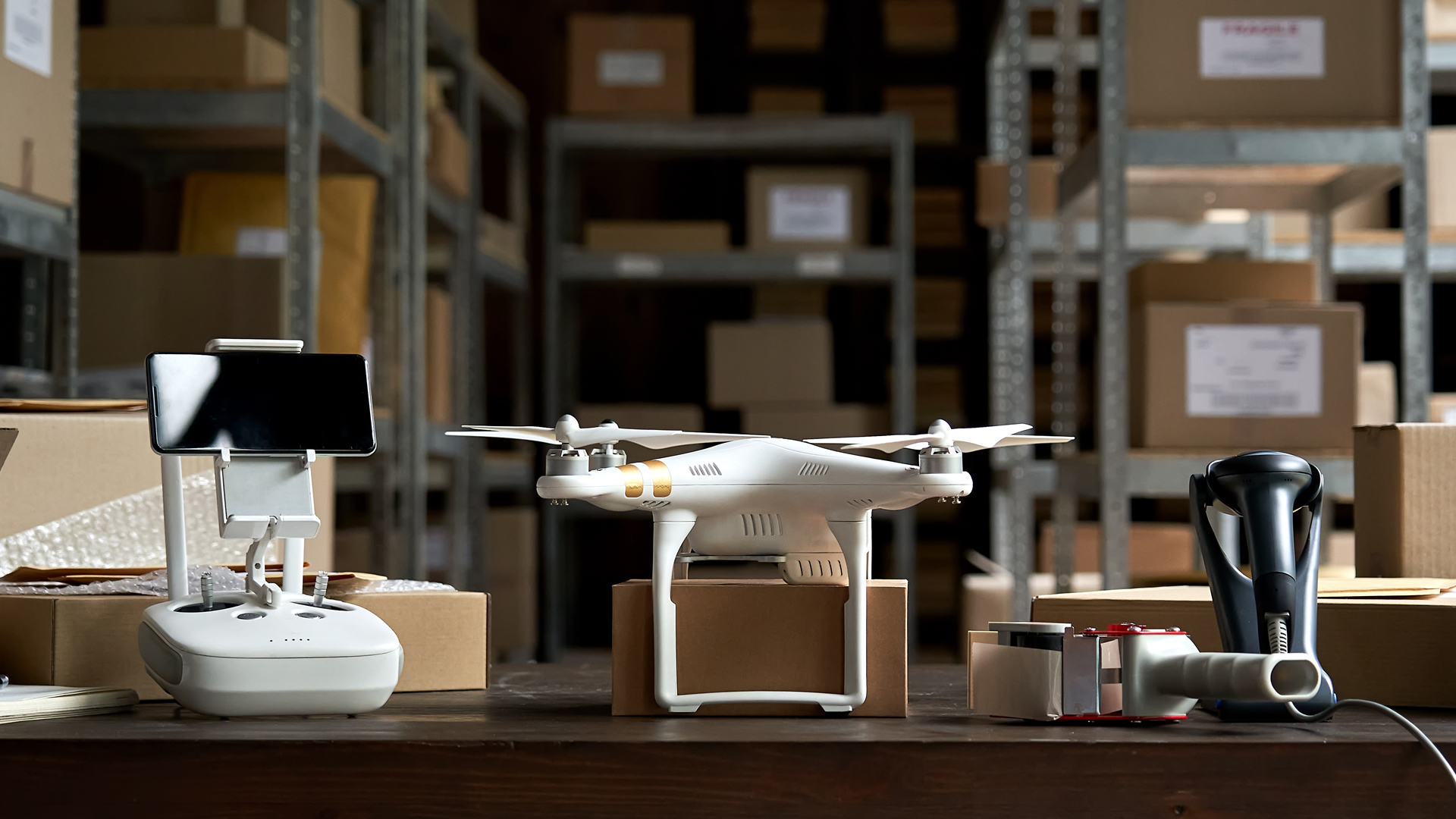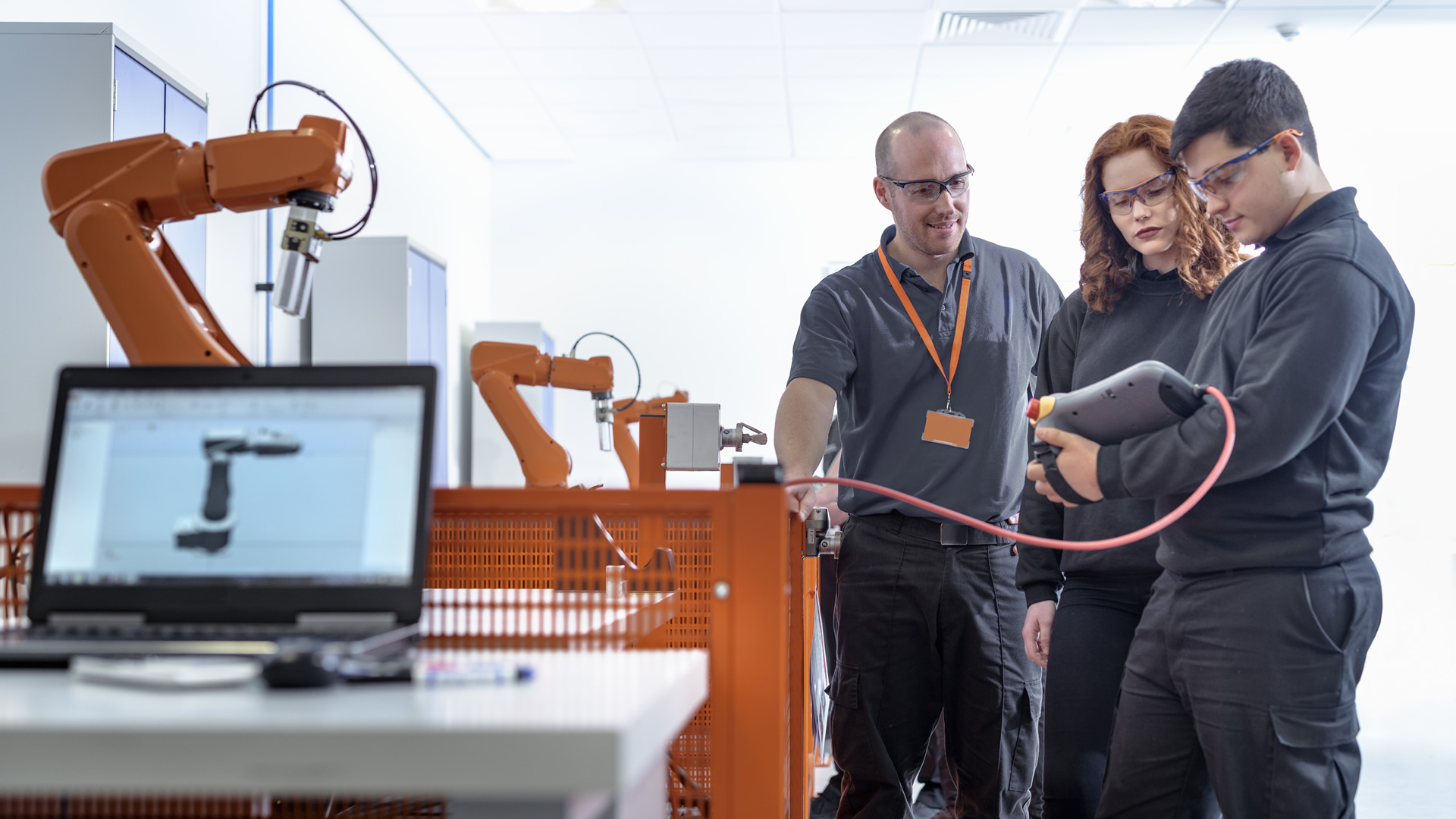
Regardless of the present economic scenario, constructing a new warehouse is costly. To optimize your return on investment, invest in equipment and technologies that will assure the facility’s lifetime – in terms of design, scale, storage capabilities, and functionality. This entails looking at your current business demands as well as making some estimates for the future so that you may be ready for development when it occurs.
Imagine investing millions of dollars on a brand-new, cutting-edge warehouse facility with all the bells and whistles, only to discover that it is entirely obsolete five years later. That has the potential to be extremely damaging to your company in more ways than one.
On the other hand, it is conceivable to spend millions of dollars developing a state-of-the-art facility only to discover that it is far too large for your requirements. Even if your growth potential is reached, it might take years to reach your break-even point, and you’ve created a cash flow problem because so much financing is locked up in the warehouse.
To address the typical distribution sector difficulties, you must have (and be able to continuously evaluate and improve) three important, future-proofing business objectives: control, visibility, and efficiency.
It will be really hard to expand and enhance your business if you do not have control over your stock and overhead expenses, insight into your sales and company performance, and optimal business efficiency in your order processing, sales teams, buying & accounting, and warehousing.
The visibility of your customer, product, and sales data is important to your organization’s success. Implementing technology to consolidate data and improve cross-departmental communication will reduce the risk of data mistakes while giving managers the company-wide reporting they require to make accurate, real-time decisions. An integrated business and stock management software will benefit teams from sales and marketing through finance, purchasing, and warehousing.
A unified corporate software solution offers a 360-degree view of company data and performance that separate platforms cannot. With a single ERP solution, your trade counter people, remote workers, and on-the-road sales representatives can all access the same data and follow the same processes.
Creating a smarter company environment allows staff to better utilize technology. ERP systems provide real-time data access to all departments inside a company, allowing you to govern the information you possess and increase accuracy. Accurate forecasting becomes much faster and easier with access to up-to-date data, and you gain control over your company’s success. Data and statistics about your customer experience, sales, warehouse efficiency, stock control, and team performance allow you to identify patterns, know your best performances, and where to improve so you can constantly strive for better.
According to 57% of the managers questioned, the primary advantage of a centralized ERP solution is reduced administrative time. Removing manual procedures, digitizing processes, and removing task duplication across systems saves time, improves accuracy, and, most importantly, increases efficiency. Empowering employees with technology that encourages efficiency and productivity helps not just your bottom line and keeps you competitive, but it also enhances employee satisfaction, retention rates, and workplace and job happiness.
How to Future-proof your Warehouse?
People making warehouse technology decisions today face new hurdles as a result of new technologies. Automation improves storage space utilization, productivity, and efficiency in the contemporary warehouse, but as the Internet of Things (IoT) increases, we may expect to see even greater impact on warehouses in the future, perhaps rendering today’s technological investments outdated.
In truth, there is always something shiny and new to think about for your company’s warehouse, so it’s vital to assess the benefits of installing the technology against the hazards of waiting or adopting too rapidly.
Customers demand more rapid delivery. Amazon Prime is well-known for its free two-day and overnight delivery options, but in response to increased demand, Amazon Prime Now has debuted in select countries, with goods delivered for free within two hours. When you examine the sheer complexity of order picking and order processing, the pressure of rising expenses, and the fact that automation systems have moved away from proprietary closed systems, it’s simple to understand why deploying technology that can adapt to future industry changes is less risky and more rewarding.
Given that many firms cannot expand at the same rate as Amazon owing to the personnel expenses associated with maintaining a large number of distribution centers, you must find other techniques to enhance efficiency and productivity in order to keep control over product delivery and inventory management.

1. Leverage business intelligence tools
The future is difficult to predict, but one thing is certain: the most efficient warehouses will be those who can efficiently use data to optimize operations, anticipate changes in demand, and increase availability. The problem isn’t necessarily one of data collection; it’s one of combining data from several systems and presenting it in ways that warehouse workers can understand.
Business intelligence solutions are growing to provide more visibility and insight into material flow, equipment performance, and process efficiency. Current and future warehouse management systems must allow the integration of business intelligence software solutions and insight visualization.
2. Investing in warehouse automation
This is the most technologically advanced technique for warehousing and distribution. While most technological investments will need to be rethought as new solutions emerge, warehouse automation will position you for long-term success.
The use of different technologies—robotics, conveyors, cloud-based apps, and so on—to reduce human error from warehouse operations is known as warehouse automation. Automated duties can include inventory retrieval, sorting, and packing, while people take on low-level responsibility for managing technology solutions.
3. Integrate virtualization support
Virtualization has already made inroads into a variety of areas, including warehouse management. Platforms that link warehouse models with sensor data to build simulations on a digital “clone” of the warehouse are currently available. This now allows for real-time condition monitoring, process modeling, and material flow monitoring, all of which boost availability and productivity.
Adding virtualization capability now also provides the framework for future developments in warehouse management, such as virtual reality and augmented reality.
By combining your platform’s virtualization capabilities with a VR headset, you can obtain a comprehensive, 3D perspective of your automated materials handling systems, including what they will look like and how they will function under various order profiles.
Augmented reality combines one platform’s virtualization technology with the augmented reality technology of another platform to help improve how services are delivered. As augmented reality systems become more industrialized, gamification may become more prevalent. Workers will be able to compare their performance in real time to that of others, as well as to a standardized task time throughout the workforce, in order to enhance efficiency.
4. Create an adaptable warehouse design
Expecting things to change is the most important method for future-proofing storage and distribution. If you build a warehouse without considering the future, you will almost likely have to start again when demand and technology push your initial designs past their boundaries.
Creating a flexible warehouse design demands cross-divisional coordination. It’s not only a matter of developing a layout that warehouse operations will embrace. Rather, everyone from research to IT, marketing, customer support, purchasing, and manufacturing must contribute ideas and needs.
For warehouse design, leaders are turning to block architecture that involves a “team build” method that allows for adjustments as new demands arise. As long as you keep total warehouse labor productivity in mind, you’ll be able to adjust your layout in ways that balance efficiency and productivity with ever-increasing client needs.
5. Adapt software integration
When warehouses first began to embrace automation, many recognized that their conventional warehouse management systems (WMS) were incapable of handling it. As a result, warehouse control systems and warehouse execution systems were added to provide the necessary capabilities, but the tradeoff limited data collecting and usage.
The most effective solutions integrate critical warehouse automation operations into a single platform from the bottom up. Because of the software architecture’s decentralized structure, it will be able to adapt to changing demands and technology in the future, establishing it the standard.
6. Establishing standards for warehouse success
Taking a proactive attitude to change is one of the most difficult aspects of future-proofing any area of your organization. It is normal to discover the need for change when it is too late, prompting you to respond to new needs as swiftly as possible.
It’s nearly hard to stay ahead of the next developments in technology or company expectations if you’re always hurrying to meet new demands. That is why establishing internal standards may be so beneficial to future-proofing storage and distribution.
Having benchmark targets and high-level KPIs for each departments offers you something to plan around. When you discover that you are struggling to reach your standards, or that you can improve on the benchmarks you established, you can adjust warehouse operations proactively.
7. Getting the right warehouse management system
Before robots and other forms of automation, there existed warehouse management systems that centralized production, scheduling, shipping planning, and order fulfillment.
Finding the proper warehouse management system is critical to securing your business’ future. When the correct tools are in place, your warehouse management system (WMS) will assist managers in proactively addressing issues throughout your warehouse. Not only that, but a solid warehouse management system lays the groundwork for optimizing labor and operations before implementing more advanced automated solutions.
A future-proof warehouse may constantly enhance productivity regardless of which technologies are brought into the operation. A warehouse management system that is effectively integrated into all systems and procedures will assist workers in keeping up with order fulfillment expectations.
Request a Demo
Need more information?
Solutions






![image001[25]](https://www.royal4.com/wp-content/uploads/2023/11/image00125.png)